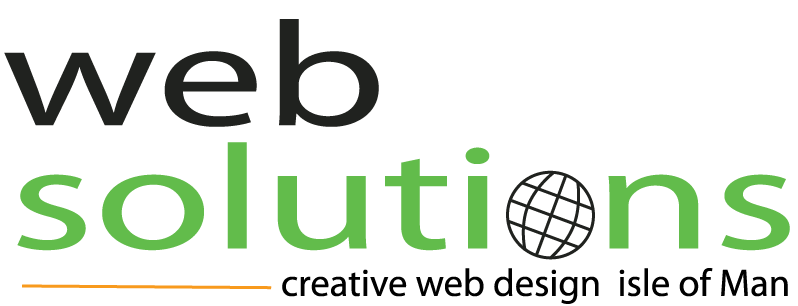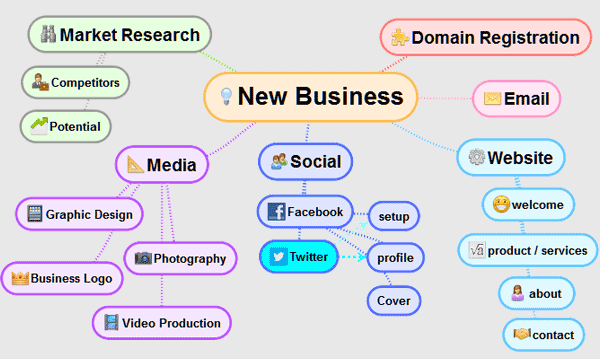The Isle of Man Fuel Poverty Report has today been published, fulfilling a commitment contained in the Cold, Hunger and Homelessness Action Plan (September 2019).
The report has been compiled using two measurements.
Under the ‘10% indicator’ a household is considered fuel poor if it is required to spend more than 10% of its household income – after housing costs – to maintain a satisfactory level of heating.
Under the ‘Low Income High Costs’ indicator (LIHC) a household is considered fuel poor if its fuel costs are higher than the national median level, or if spending a required amount on fuel would leave an income below a defined level of disposable income.
In summary, the report finds:
- Fuel poverty on the Isle of Man has decreased from 9.9% in 2013 to 9.3% in 2018 under the LIHC indicator and 16.6% to 15.8% under 10% indicator
- Average weekly expenditure for households on all fuel types other than gas and coal has decreased compared to 2013
- Weekly expenditure on fuel in the Isle of Man is £42.50 per week, compared with £23.80 in the UK, with expenditure on oil being much greater than in the UK
- Weekly expenditure on all fuel types has decreased compared to 2013 for those aged under 64, while weekly expenditure on all fuel types other than gas has decreased for those aged over 65
- The proportion of fuel poor households is lower on the Isle of Man (9.3%) compared to England (10.9%)
- The average fuel poverty gap per household on the Island (£338 per annum) is slightly higher compared to England (£321 per annum), with the total fuel poverty gap being £1,124,278.




